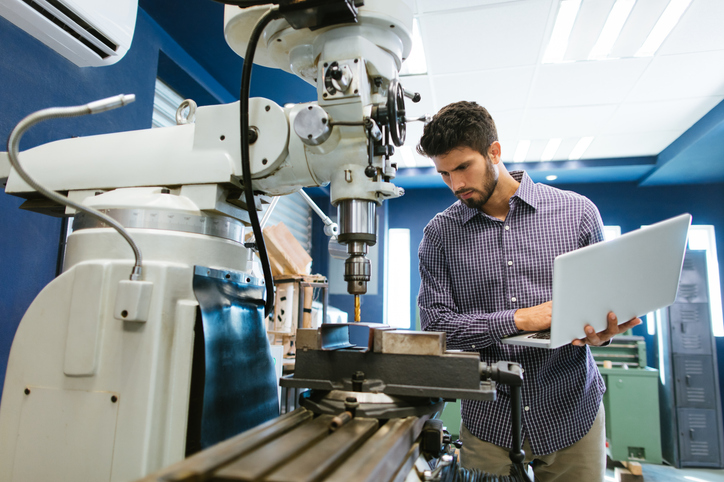Gary Beckwith has never been short of ideas. Having left school at 15, he worked as a market trader in Walthamstow before discovering his passion for the River Thames, after many days painting seats on boats.
‘To secure my future, I knew I needed to buy my own boat. An opportunity came along in 1970 to buy a barge, which I turned into a floating station providing fuel for passenger boats,’ recalls Beckwith.
Eventually, his barge evolved into a floating cash and carry – selling everything from toilet rolls to cocktail cherries. He sold the business for £250,000 to a catering company in 1988. Two years later he bought back his original business from the receivers when the catering company collapsed. He sold the assets to fund what would become tour boat operator City Cruises, which launched just a year later with a fleet of five boats.
Going for it 100 per cent
Over the next eight years, and together with his wife Rita, he built the business into a well-established operation with turnover just shy of £4 million, financing the growth through the banks.
The advent of the millennium presented Beckwith with his next challenge. City Cruises had a good grip of the river route from Westminster to Tower Bridge, but wanted to extend this as far as Greenwich, and specifically, the Millennium Dome. The contract to operate that route was open to bidders.
‘I have personally guaranteed all my loans – and I have a wife and children to support. The bank manager even owns my wife’s knickers. I saw an opportunity and I went into it 100 per cent. But if it hadn’t worked out, the whole business and more would have gone. We had bought our existing boats through a marine mortgage, where effectively the bank owns the boat, but also seeks additional security from our personal assets,’ he explains.
Seeing off the competition
Bidding for the contract took the best part of six months. There were 63 letters of interest and City Cruises got down to the final eight, alongside several household names. The tender documentation arrived in December 1997 – a thousand pages in two cardboard boxes, and replies had to be submitted by the end of February of the following year. Beckwith credits belief in his ambition and a refusal to entertain failure as the keys to driving him to apply – and eventually win – the contract.
‘We had to come up with a robust business plan which would include outlining our vision of what the boats would look like and what facilities they would have. We sent them 250 pages back in response. The next night, I was talking to one other person who had bid for the contract. He told me he’d sent a letter with a couple of spreadsheets. I knew then that we’d won,’ recalls Beckwith.
But the work did not end there. Bringing together the financiers and the shipyards was an entirely new challenge. Beckwith did the rounds with 16 banks – none of them were interested.
‘After I was awarded the contract for the Dome, I went to the bank as I needed money to fund four new boats. We’d been in business for some time and were successful. But the bank would not lend the money until it saw a contract for the boats and the boats weren’t going to be built until the suppliers saw the money. It was a vicious circle so I just put all the people concerned in one room together and left them to it.’
Time was an issue too, as Beckwith adds, ‘you couldn’t postpone the millennium!‘ This very fact gave City Cruises the energy and the focus it needed to get the job done. And winning the contract developed the business in many ways. It has more than doubled in size and, because of the volume of people that visited the Dome, City Cruises was able to invest heavily in infrastructure.
‘It was a huge gamble to tender for the river link to the Millennium Dome, but we saw off over 60 competitors to win the contract. It’s what put us on the map,’ believes Beckwith.
Reaping the rewards
Securing the contract was just the start of an aggressive expansion drive. As Beckwith outlines, the post-millennium legacy is the real jewel in the crown.
‘That, to us, was the real prize. The Dome project was the hook to hang our future investment on. We had to have regular meetings with senior management at London Transport – everyone was on our backs for two years. But it created a huge profile for our business.’
Having invested £6 million, the bulk of which went on the purchase of a fleet of boats christened RiverLiners, City Cruises is looking to rapidly increase its current turnover of £7 million and its market share of business on the river. And there are many lessons that Beckwith has learnt.
‘You have to invest to develop your business and to stand out from the competition. If you’re not failing, you’re not being innovative, so I know that if I have one disastrous business venture, it will be because I was being innovative, and not stupid. And give people the training and support that they need. Sadly, not everyone believes in this. Some think that if you train your staff, they will leave. But what happens if you don’t train them and they are still there?’






